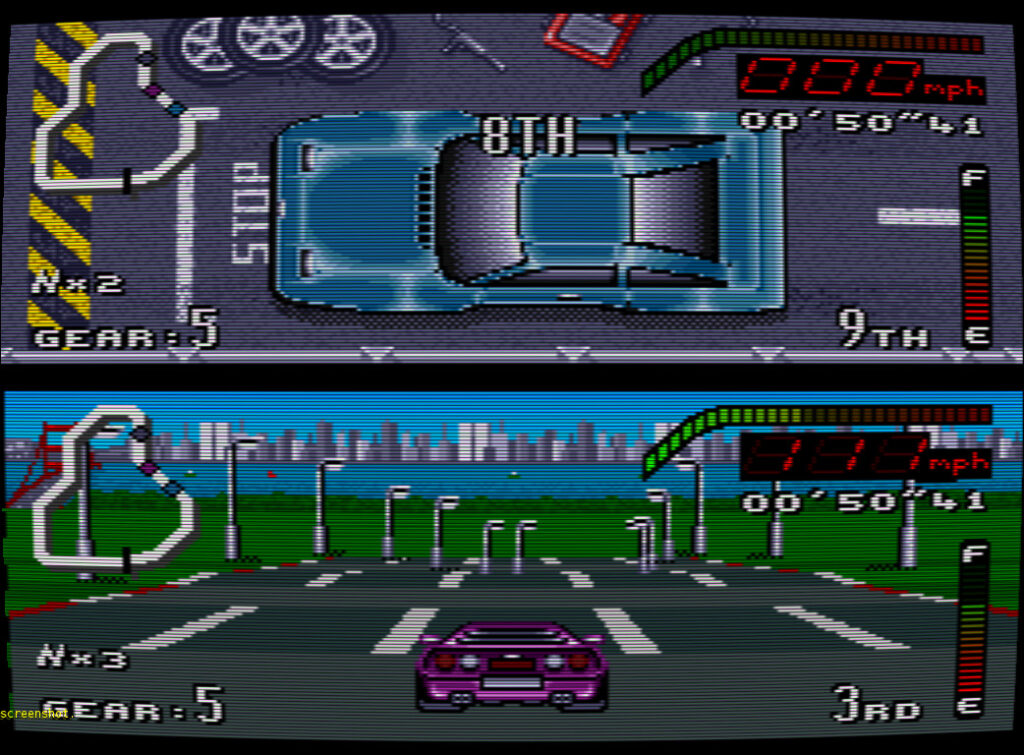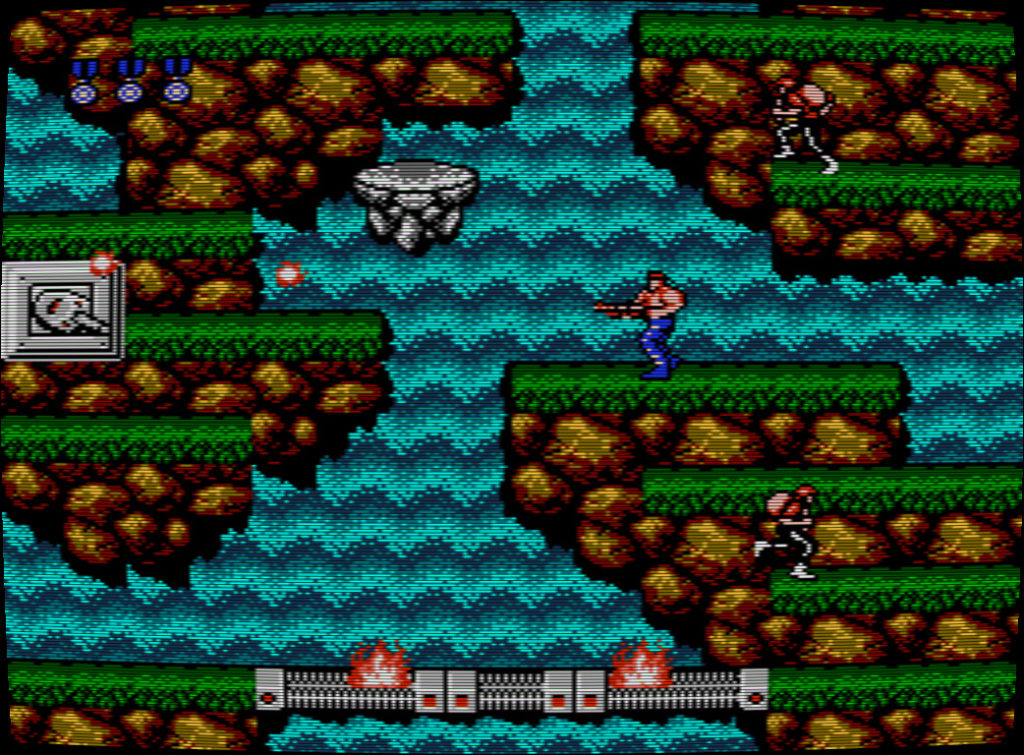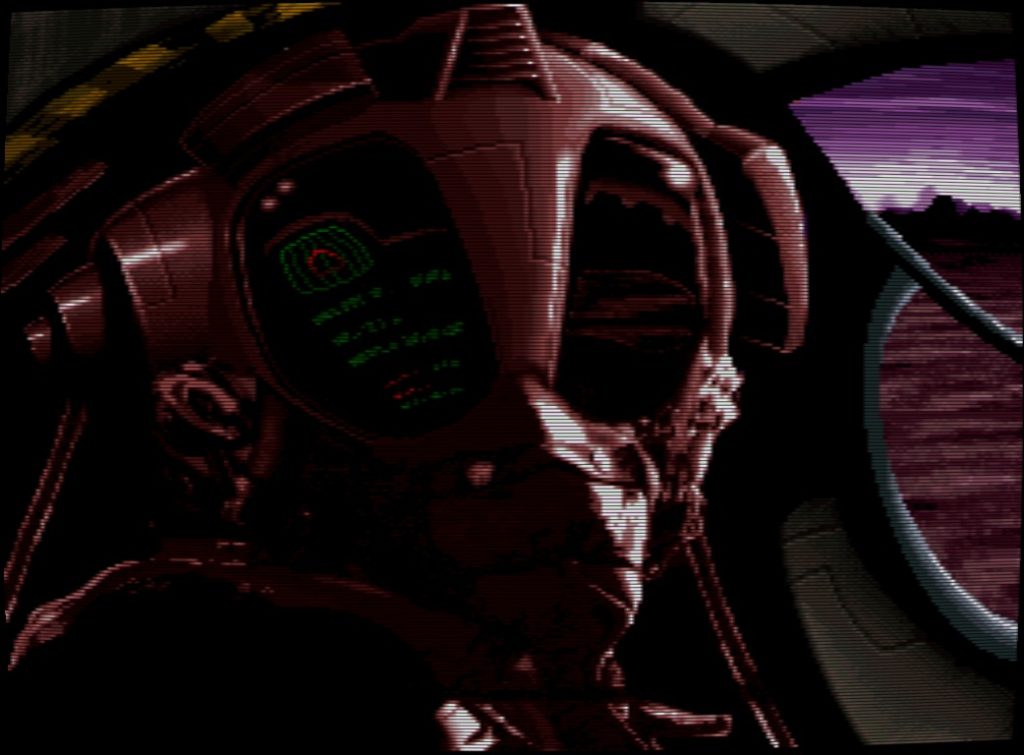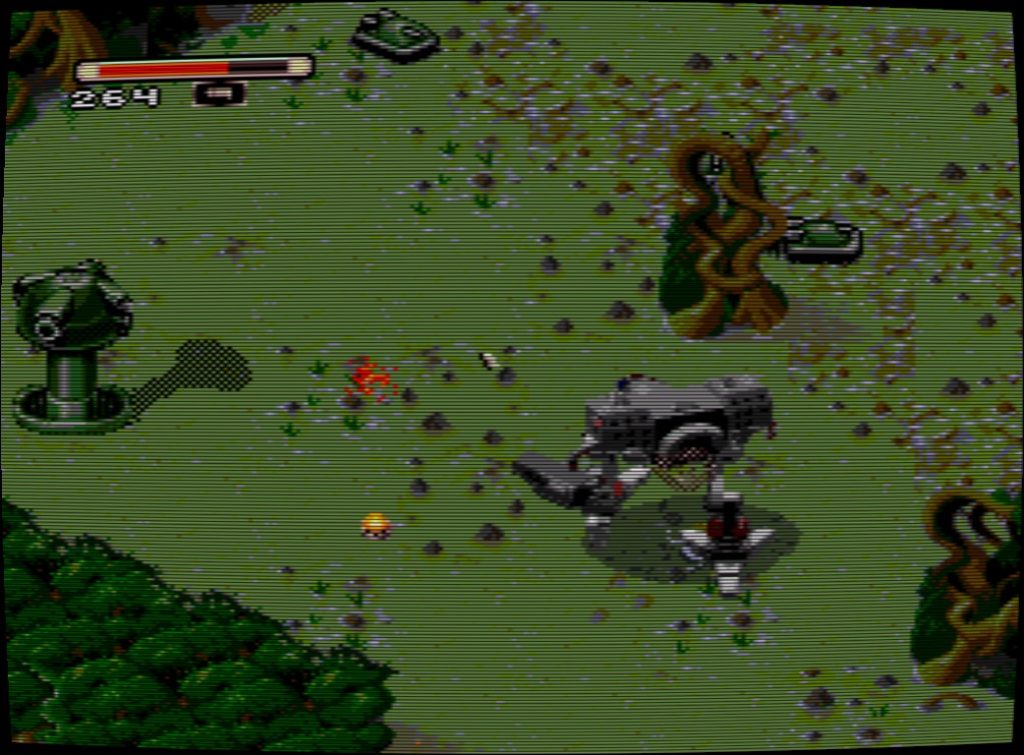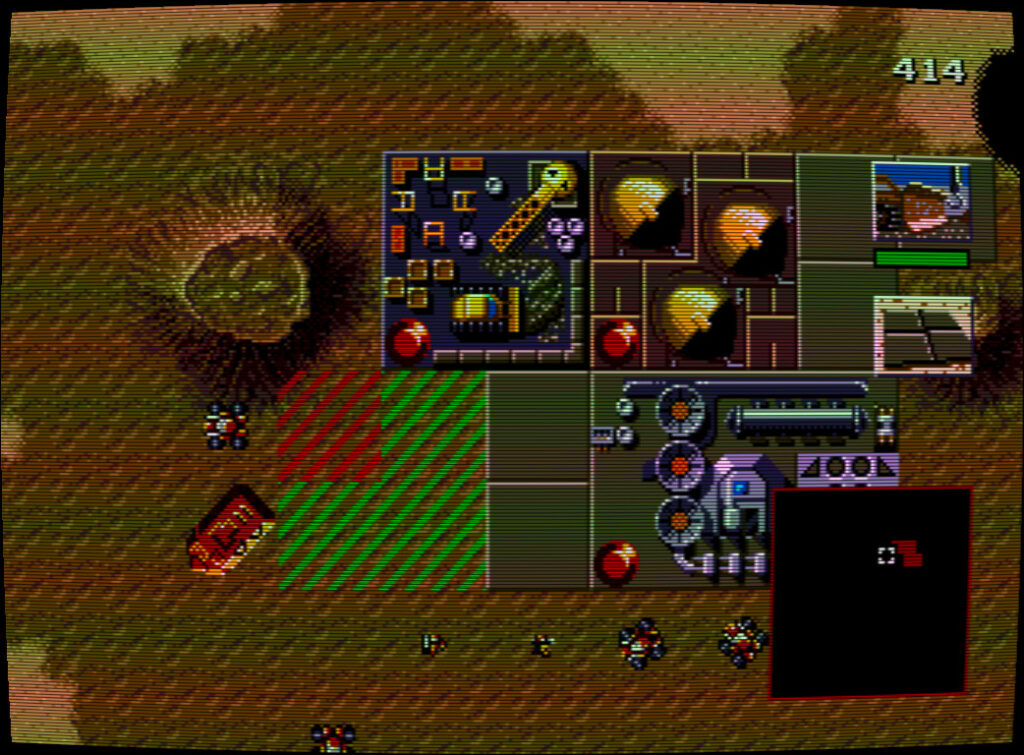
The crater extends into that space?! Grrr. You’re going to make me cancel the selection, manually move my units, and build halfway off the foundation aren’t you? -_-
Game Name: Dune II : The Building of a Dynasty (1992)
Developer: Westwood Studios (Command & Conquer, Emperor: Battle for Dune)
Platform: Amiga, MS-DOS, Sega Genesis (reviewed on Sega Genesis emulation)
Categories: Old School, Real Time Strategy, Back to Basics, Challenging, Base Building, Research, Fog of War, Resource Harvesting, Turrets/Walls, Protracted Blob Warfare, Superweapons, Poor UI, Tedious Unit Selection, Infantry, Tanks/Vehicles, Iconic Audio and Visual Design, Level Codes, Multiple Factions, Multiple Campaigns,
Worm Sign the likes of which even God Has Never Seen
May Appeal To: cavemen who haven’t upgraded their computers in a looong time or had their head stuck in the sand about how cool the franchise is.
May Repulse: gamers with strategy game options and experience. Anyone that cringes at the idea of selecting units without a bounding box or is decidedly opposed to the deliberate, sluggish pacing of the original movie are forewarned to steer clear of Dune II.
Comparable To: other Westwood products, which was par-for-the-course in the ’90s. Command & Conquer/Red Alert followers will slip into the familiar routine immediately though this game throws curveballs in the form of hostile environmental factors like sandworms, spiceblows, and degraded building health (similar to the harmful Tiberium fields and visceroids in Tiberian Sun). Warcraft, similarly, had unwieldy unit selection and an unmanageable scale of battle during its worst moments. Despite all the cool stuff in Dune II, Dune 2000 ultimately bested it across the board with a modernization of identical concepts into a slick, memorable (and controllable) experience. Fast forward a few hardware generations of improvements and you might have Supreme Commander: Forged Alliance, which is essentially this classic game mainlining horse steroids.


